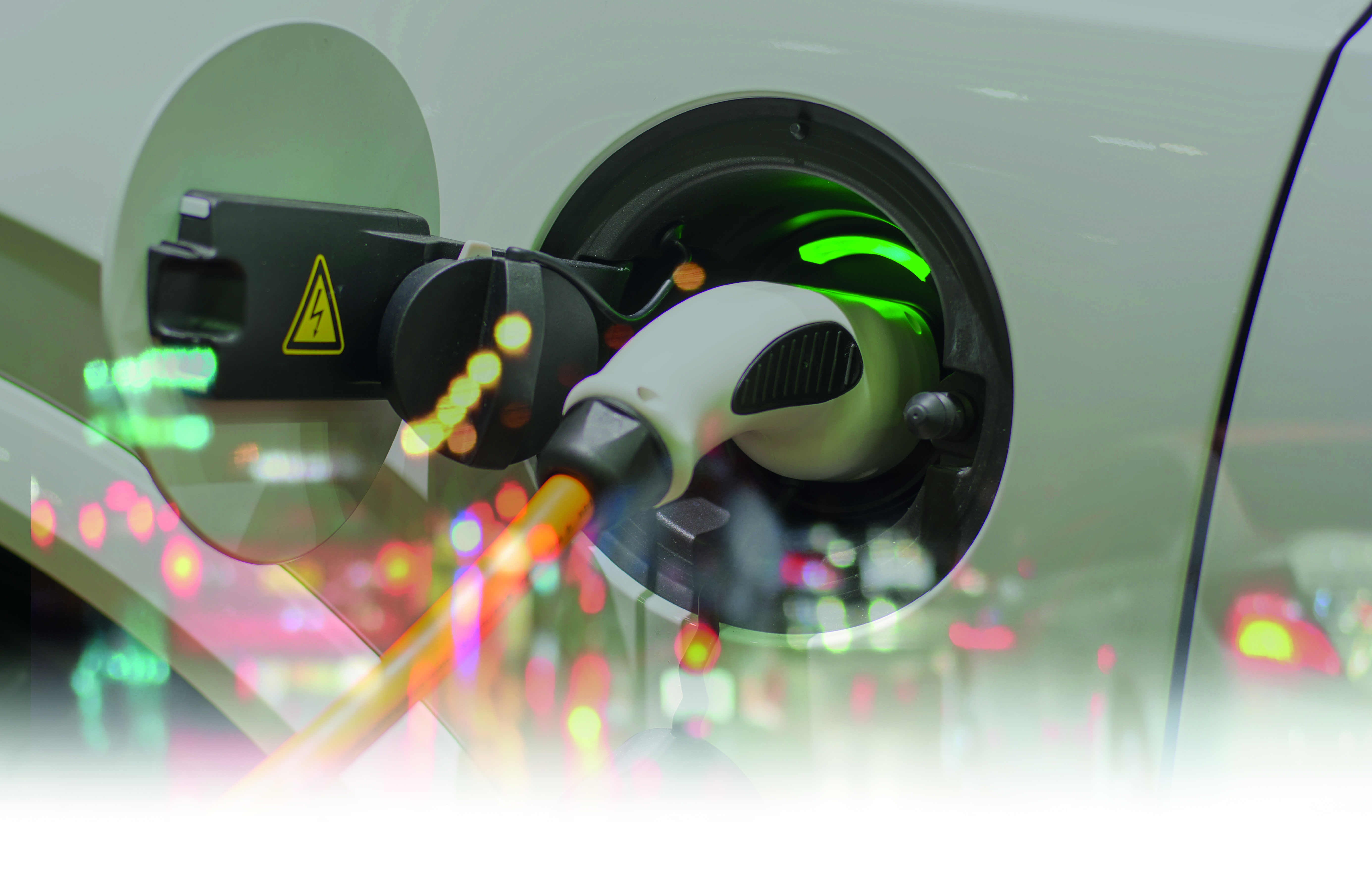Widespread confusion over how fast electric vehicles can be ‘refuelled’ could be undermining efforts to provide an adequate public chargepoint network.
The latest battery-only cars need only five minutes at the quickest ‘Rapid’ chargepoints to take on enough electricity to add about 15 miles of range.
However, because of the limitations of their on-board control units, it will take almost all plug-in hybrids an hour or so – or twelve times as long – to achieve a similar thing.
This mismatch means that expensive, high-specification equipment which is essential to battery-only vehicles on long journeys could be blocked by other, slower-charging vehicles.
The warning comes in a new report – Development of the UK Public Chargepoint Network – for the RAC Foundation by Harold Dermott.
The report is a follow up to an earlier work on the same subject published by the Foundation in September 2017.
Mr Dermott argues that until plug-in hybrids have both a greater electric-only range and can accept electricity at a faster rate, chargepoints at motorway service areas should be reserved solely for battery-only cars.
The author identifies two types of recharging behaviour on the public network:
- Journey charging – where the primary purpose of being at the chargepoint location is to ‘fill up with electricity’
- Grazing charging – where recharging is secondary to other activities such as shopping, visiting a leisure centre, parking at a railway station
The report notes that whilst there has been an improvement in the reliability of public chargepoints in the last year – resulting in a reduction of out of service chargepoints from 14.8% (one in seven) to 8.3% (one in twelve) – there are still too many malfunctions.
The study recommends that chargepoint locations for battery-electric vehicles – particularly the larger hubs that are now being trialled – need to offer the services and facilities routinely found at traditional petrol stations, such as: protection from the weather, food and drink facilities, toilet provision and good lighting.
It also says that while the pace at which the public chargepoint network has grown has been impressive, the difficulty of predicting how the electric vehicle market will evolve puts the onus on manufacturers to do more to communicate their future plans to infrastructure providers so that money is not wasted investing in the wrong equipment in the wrong location.
At the end of July 2018 there were 112,000 plug-in hybrid and 54,000 pure battery-electric vehicles registered in the UK.
The government’s plug-in grant is currently worth up to £3,500 per car and only those vehicles that have a zero-emission range of at least 70 miles are eligible. Plug-in hybrid cars which were previously eligible for the scheme are now excluded.



